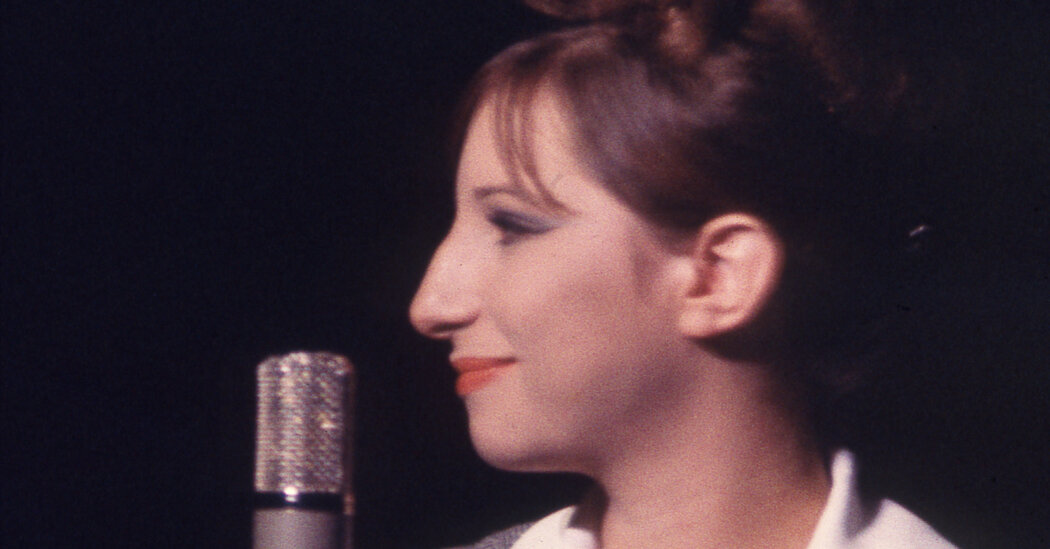
Streisand is the kind of performer who, more than a year into her Bon Soir run, jokes to an audience, “People complain that I don’t do standards. Well, here’s a standard,” then launches into “Who’s Afraid of the Big Bad Wolf” with an impossible featherweight world weariness. The range of her singing isn’t just a matter of octaves. It’s the diversity of characters the voice can find for one song. On “The Big Bad Wolf,” it’s story time and operetta, Big Mama Thornton and Ethel Merman. For “Lover, Come Back to Me,” it’s something to rival Ella Fitzgerald in the way she can already take a tune, especially in concert, from botanical garden to boxing match. That performance certainly ranks up there with the supreme Streisand interpretations of anything. By 20, she’d achieved this near-mastery all with, what, by 1962, were standards, grandma music.
That, of course, was what made the suits nervous: a repertoire that included Tin Pan Alley and show tunes, those dreaded ballads and jazz; Oscar Hammerstein, Harold Arlen and Fats Waller. Where were the big pop songs? The contemporary stuff. The “Surfin’ U.S.A.” The “Walk Like a Man.” The “Be My Baby.” The “Fingertips.” The “It’s My Party.”
When Erlichman took her to audition — live — for Capitol, RCA and Columbia, “Everyone said the same thing,” he recalled. “‘She has a good voice.’” (If he ever wrote a book, he said, he’d call it “Good Closes on Wednesday.”) Obviously, she was capable of great art. “She wasn’t singing commercial songs,” Erlichman said. And “executives, they’re frightened to break new ground.”
But Streisand could appreciate the splendor of an old object. That’s what the vintage outfits she’d wear onstage were all about. “I always bought antique clothes,” she said, “because I thought they were so beautiful. I admired the craftsmanship.” The craftsmanship of the 1890s.
“Opening night, I wore a black, high-necked velvet beaded top,” she said. “I had my tailor make me a little black velvet skirt that went with that top. But I didn’t know you’re not supposed to dress like that. I didn’t know that when you sing in a nightclub, you’re supposed to have kind of a gown or something elegant, made out of fabulous silks or satins.” At some point on “The Bon Soir,” you can hear her tell the audience that she’s wearing her boyfriend’s suit. She told me that “the masculine and the feminine was what felt comfortable on me.”
That admiration she harbors for well-made things obviously extends to the Great American Songbook: superior craftsmanship. Its hundreds of dynamic, adaptable songs rely on characters, stories, wordplay and variations on a theme. For a singer, figuring them out is like doing math or the crossword or architecture. They’re also an opportunity to act, which is what Streisand says she wanted to do in the first place. During the Bon Soir run, she was splitting her days between nightclubs and Broadway, where she was loudly making a name for herself as the secretary Miss Marmelstein in “I Can Get It for You Wholesale.”



